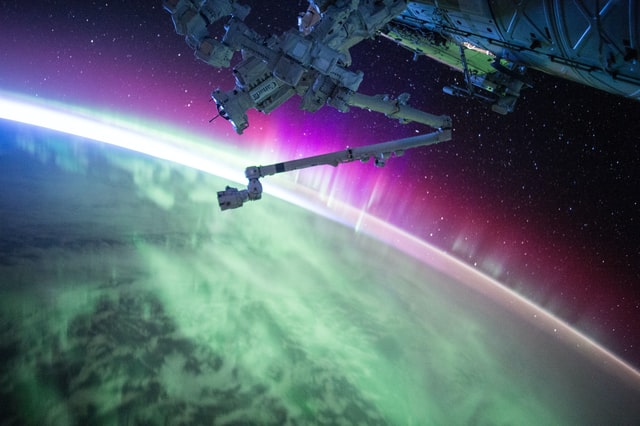
Solar System Planets
Remember learning about our solar system in elementary school? Our teacher gave us this verse: “Mary’s Violet Eyes Makes John Stay Up Nights. Period”. Well, as we all know now, the “Period” which represents Pluto is no longer a planet. It was reduced to a dwarf planet and not considered to be large enough to be part of our planetary solar system anymore. So we are left with Mercury, Venus, Earth, Mars, Jupiter, Saturn, Uranus, and Neptune.
Which Planets in Our Solar System Have an Atmosphere?
All of them except Mercury. It is just too close to the sun to sustain one. But if Mercury is the only planet not to have an atmosphere and thus, not allow life as we know it to thrive, why is there no life on the other planets aside from Earth?
The Goldilocks Phenomenon
Scientists call it the Goldilocks Theory. We like to call it something a bit more sophisticated – The Goldilocks Phenomenon, but any way you look at it, we are alive today because the atmosphere above us is the partridge that is just right!
The Five Atmospheric Layers
If you draw a line from the first layer (the troposphere) to the last layer (the exosphere), it would be approximately 62 miles in length. As we work our way up through the layers, they each get thinner until they (the atmospheric gasses) dissipate).
The line is called the Kármán line and is the accepted standard where scientists say the atmosphere meets space, but it is not a strict designation, as it is hard to say exactly where the gasses dissipate completely into outer space. There are so many factors to consider, the temperature being one of the main disparities since this component may differ within different parts of the earth.
With this in mind, let us define the five layers: troposphere, stratosphere, mesosphere, thermosphere, and exosphere.
 The Troposphere
The Troposphere
Ever realize that when you go into an airplane, it gets colder as you go higher? Air is warmer near the ground and gets colder higher up. Nearly all of the water vapor and dust in the atmosphere are in this layer and that is where clouds are found here. It contains about 99% of the water vapor, called condensation within the earth’s entire atmosphere and consequently, this is where all of the weather conditions materialize. So it might not be much of a surprise that the troposphere contains about 80% of the total mass of the entire atmosphere.
The Stratosphere
This is probably the best known layer as we frequently hear about NASA’s spacecrafts “reaching the Stratosphere”. It is also where most of our jet aircraft fly. This layer extends about 31 miles above the ground, so if the troposphere runs approximately six miles high, the stratosphere picks up at the six/seven-mile marker.
Another common term we hear a lot is the ozone layer. Well, it’s the stratosphere that contains this sub-layer which acts as a natural atmospheric shield by absorbing harmful radiation from the sun.
Due to man-made pollution, a gap in the ozone layer developed. It extended 6.3 million square miles at one point, but there are positive signs that this hole is naturally healing itself and is the smallest it has ever been at this time.
The Mesosphere
In one of our recent articles on deep mining, we spoke about temperatures reaching as high as 145° degrees. Now we go to an area you wouldn’t want to venture to either, but this time the temperatures go in the opposite direction; that is, way low to about −225°. Now that’s cold and is the average temperature in this layer. Ironically though, it is also the layer where meteors burn up when entering the earth’s atmosphere.
Any water in this layer here freezes into ice clouds. They make for some beautiful colored skies. The scientific name for them is noctilucent clouds, also called polar mesospheric clouds (not to be confused with the northern lights, which are different). These mostly blue-like clouds are visible at sunset from each of the earth’s poles.
The Thermosphere
This layer extends between 310 and 620 miles and temperatures can get up to 2,700 degrees. The International Space Station orbits here and this is the layer where we do see the northern lights, also called the Aurora Borealis and Aurora Australis.
The Exosphere
We have reached the final destination. The air is extremely thin here, but unless you are excited with an abundance of hydrogen and helium, just be content to know that the end of the exosphere is where outer space begins.
Conclusion
What’s your favorite layer? Before you answer, the best bet is to take a ride up there. The next flight to the International Space Station is set for October 22, 2020. Register early. We hear that the bookings are filling up fast!

 The Troposphere
The Troposphere